When you look at the headline of the table you see the title Param:
Layer (type) Output Shape Param
===============================================
simple_rnn_1 (SimpleRNN) (None, 10) 120
This number represents the number of trainable parameters (weights and biases) in the respective layer, in this case your SimpleRNN.
Edit:
The formula for calculating the weights is as follows:
recurrent_weights + input_weights + biases
*resp: (num_features + num_units)* num_units + num_units
Explanation:
num_units = equals the number of units in the RNN
num_features = equals the number features of your input
Now you have two things happening in your RNN.
First you have the recurrent loop, where the state is fed recurrently into the model to generate the next step. Weights for the recurrent step are:
recurrent_weights = num_units*num_units
The secondly you have new input of your sequence at each step.
input_weights = num_features*num_units
(Usually both last RNN state and new input are concatenated and then multiplied with one single weight matrix, nevertheless inputs and last RNN state use different weights)
So now we have the weights, whats missing are the biases - for every unit one bias:
biases = num_units*1
So finally we have the formula:
recurrent_weights + input_weights + biases
or
num_units* num_units + num_features* num_units + biases
=
(num_features + num_units)* num_units + biases
In your cases this means the trainable parameters are:
10*10 + 1*10 + 10 = 120
I hope this is understandable, if not just tell me - so I can edit it to make it more clear.
